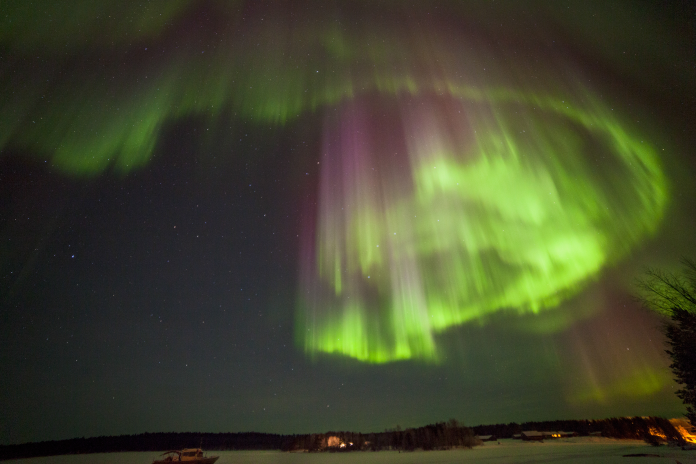
“The Sun is a cruel mistress,” science fiction author Robert Heinlein once wisecracked. This week, that catchphrase takes on a peculiarly literal flavor. A powerful solar storm is charging towards Earth, threatening to illuminate the skies above most of the United States in a rare Labor Day spectacle and reminding us how active, and upsetting, our closest star can be.

NOAA forecasters at the Space Weather Prediction Center predict a coronal mass ejection (CME) from sunspot AR 4199 to impact Earth’s magnetic field late Sept. 1 and early Sept. 2. The resulting geomagnetic storm could be G3 strength, driving the auroral oval deep south of its normal Arctic range. For millions of Americans, this may be their best opportunity in months to witness the northern lights without taking a flight to Alaska.
But this spectacle is more than an eyecandy. It is also an in-the-moment display of solar physics, space weather prediction, and the vulnerabilities of our high-tech world. Here are seven key facts to know about the impending aurora display and the forces that drive it.
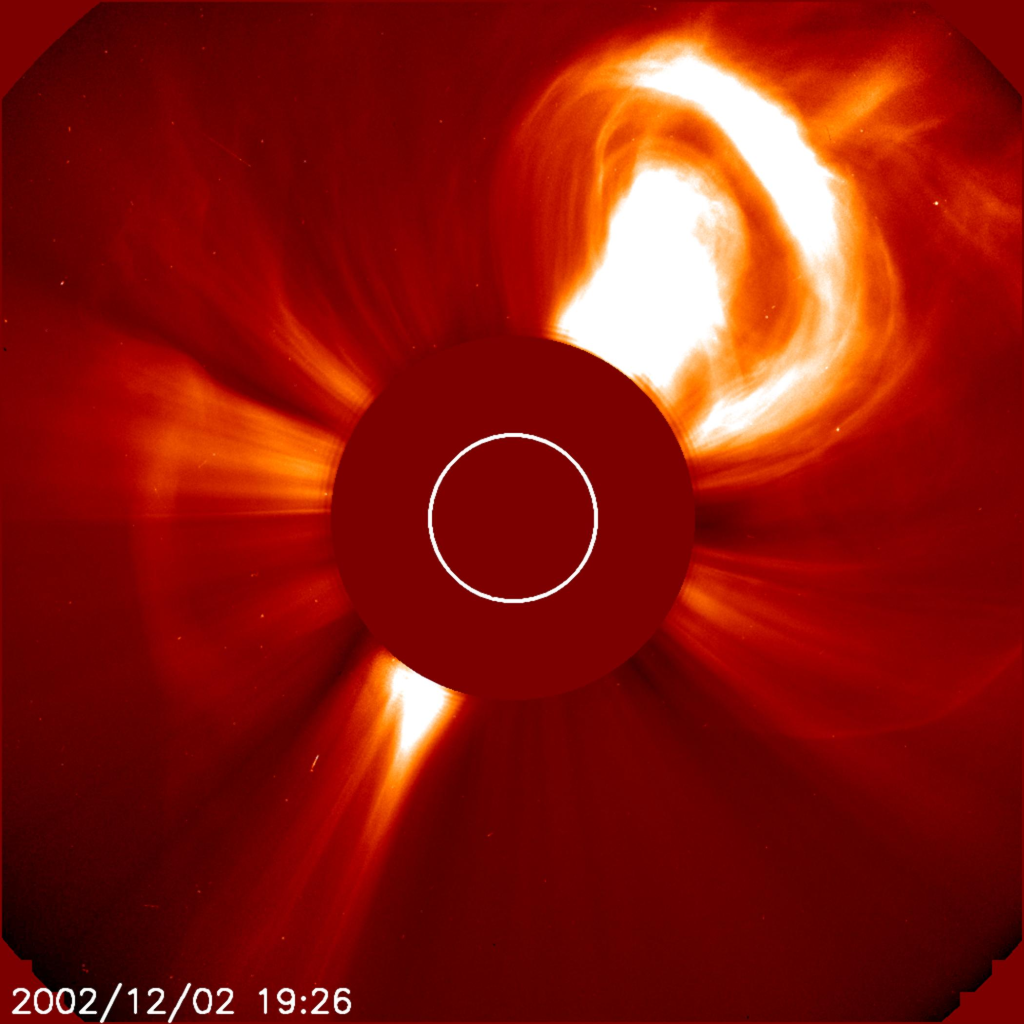
1. The Rare ‘Cannibal CME’ That’s Driving the Storm
The solar flare causing this spectacle started with an M2.7 long-duration flare on August 30. NOAA modeling indicates the CME is due to arrive late September 1, but space weather physicist Dr. Tamitha Skov has indicated there could be two CMEs involved. In her own words on X, “the larger one catches up with the smaller one just ahead of Earth,” a process referred to as a cannibal CME. These interactions have the ability to boost geomagnetic effects, resulting in a more intense and longer-lasting storm than one CME would yield.
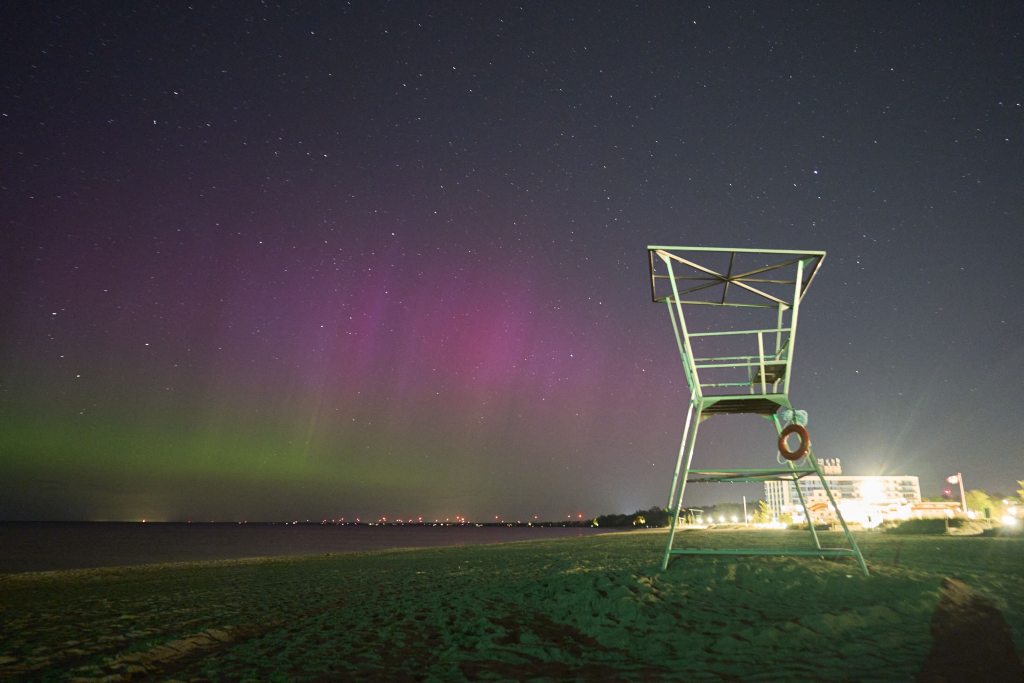
2. How Far South the Lights Would Extend
In intense G3 geomagnetic storms, aurorae may be seen far beyond their typical polar latitude. NOAA’s most recent aurora forecast map puts portions of 18 American states above the line of sight, such as Washington, Montana, Wisconsin, Michigan, New York, and Maine. In previous displays of this solar cycle, the lights have gone as far south as Texas and Arizona. This year, clear skies and minimal light pollution might bring green, red, or even purple glows to millions who seldom observe them.

3. Catching the Best Viewing Window
NOAA’s Kp index forecast reaches a peak of 6.67 from 06:00 to 09:00 UTC on September 2-2 a.m. to 5 a.m. Eastern time. The ideal viewing will probably come Monday evening into Tuesday morning, although light to moderate storming may continue through the next night. To view best, experts advise going out to a dark place, looking toward the north, and giving eyes time to accommodate. Auroras tend to come in fits and starts, so waiting can be rewarded by sudden, brilliant displays.

4. The Solar Maximum Connection
It is part of a larger pattern. The Sun is heading towards the solar maximum, the top of its 11-year cycle, due to occur between November 2024 and March 2026. As sunspots and flares intensify at this stage, there are more chances of CMEs and auroras. NOAA says increased activity in Solar Cycle 25 translates to more chances and more dangers of spectacular space weather activity in the coming months.

5. The Risks Beyond the Light Show
Although auroras themselves are harmless, their underlying geomagnetic storms can interfere with satellites, radio communications, GPS navigation, and power grids. The May 2024 G5 storm, for instance, resulted in GPS disruptions that made American farmers lose more than $500 million in productivity. In extreme instances, as during the 1859 Carrington Event, geomagnetically induced currents have destroyed infrastructure and produced extensive blackouts. Even one one-third its size in 1989 felled Quebec’s power grid for nine hours.

6. NOAA’s Frontline Position in Space Weather Protection
NOAA’s Space Weather Prediction Center and satellite service NESDIS are the foundation of U.S. space weather surveillance. Resources such as the GOES satellites and the DSCOVR spacecraft stationed at Lagrange Point 1 deliver real-time solar wind information, and the future SWFO-L1 mission will improve early detection of CMEs. These predictions enable utilities, airlines, and satellite companies to take precautions from rebooting spacecraft to safe mode to altering flight routes potentially sparing billions of dollars in losses.
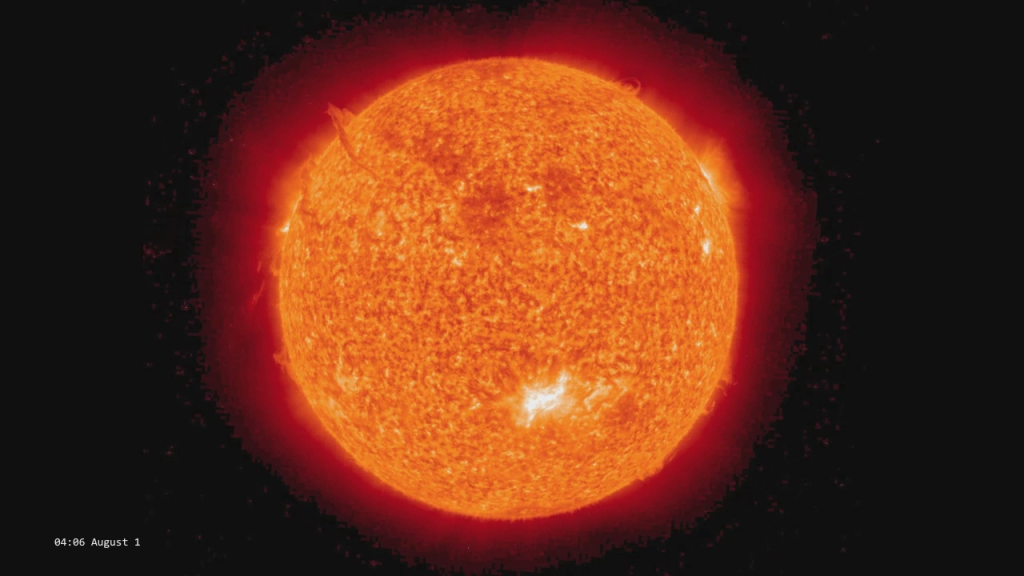
7. Getting Ready for the Next Big One
Scientists say it’s only a matter of time before Earth is hit with a geomagnetic storm on the Carrington or even the Miyake Event of A.D. scale. 774, which overshadowed all contemporary records. Such a happening today would devastate global communications and power grids for weeks or months. Studies are in progress on grid protection, transformer shielding, and quick-response procedures, but the Labor Day storm is an apt reminder: the Sun’s energy is both lovely and potentially catastrophic.
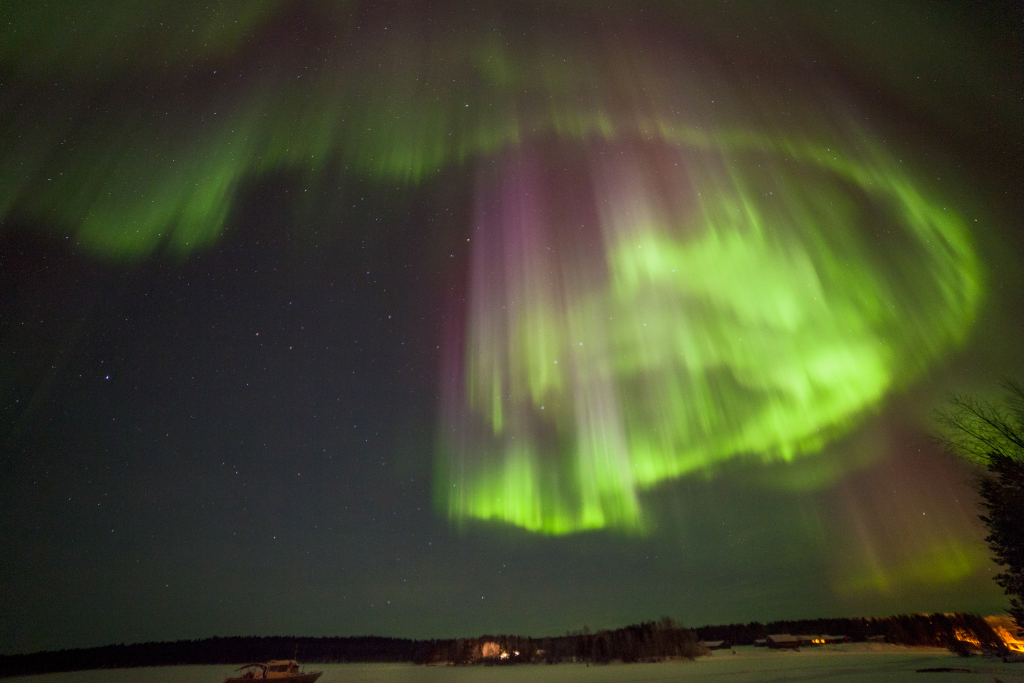
This Labor Day’s aurora show is a brief favor from an unpredictable star a reminder of the delicate dance between solar powers and Earth’s magnetic shield. For stargazers, it is a once-in-a-while show; for scientists and engineers, a living case study in space weather’s influence. Whether gazed at from a remote meadow or tracked from an operations room, the spectacle reinforces an axiom as ancient as astronomy itself: danger and beauty tend to ride together along the starry firmament.
